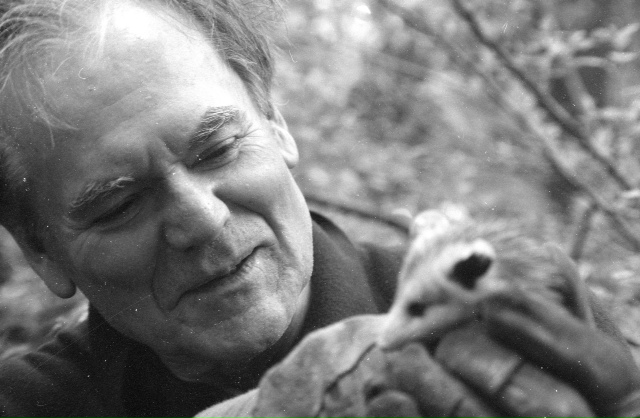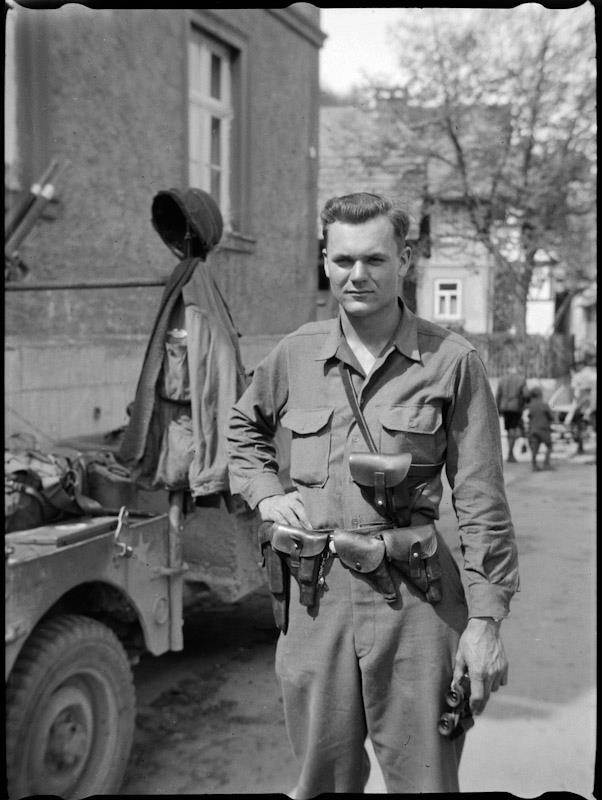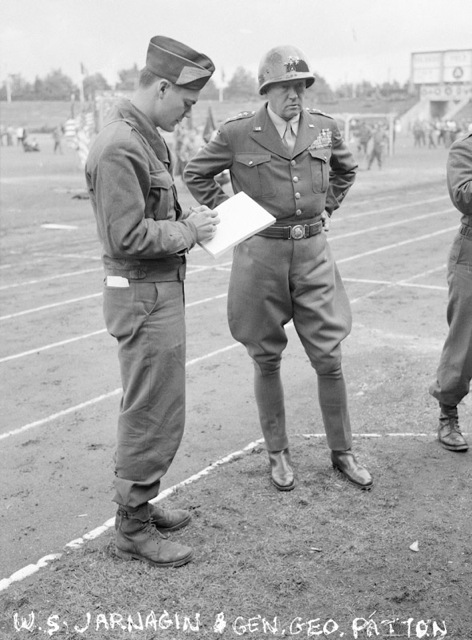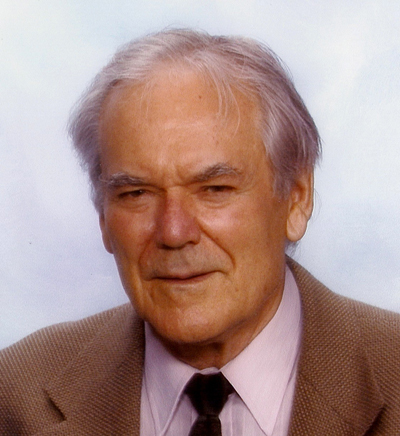Jan 2, 1923–May 10, 2012
In Memoriam

Raised on a Texan farm during the Great Depression, veteran of WWII, survivor of the Battle of the Bulge, inventor, architect, house builder, physicist, painter, writer, cartoonist, photographer, and holder of patents in solar energy and nuclear fusion. Devoted husband of fifty years and father of three.
William Spencer Jarnagin passed away peacefully on May 10, 2012. He was 89 years old. Bill is survived by two sisters, Grace and Jerry, by his wife of more than 50 years, Beverly, by his three children, Willa, Roberta, and Alec, and by his two grandchildren, Amber and Brendan. Bill lived an interesting and unusual life.

He spent his childhood in Texas and attended the McCallie School in Chattanooga, TN before joining the Army Specialized Training Program (ASTP) during World War II. He loved his time in the ASTP and formed life-long friendships there. After the ASTPers were disbanded into the regular army, he became a member of the 99th Infantry Division, surviving the Battle of the Bulge and serving on the front lines in Germany through the end of the war. He learned German from an army handbook and was often sent into towns to convince the locals to surrender and/or to arrange places for his unit to sleep. On one of those occasions, his quick thinking saved his entire unit. He was also among the forces that liberated one of the Dachau subcamps. Bill took a variety of photos during the war, at times developing the negatives in his helmet while in the field.

After the war finished, Bill took a brief break to study art under an early version of the Marshall Fellowship in Brighton, England. Then, he returned to service as an Army Correspondent covering the War Crimes Trials in Nurnberg. He later wrote a book about his war experiences that included many of his unique photos as well as his interviews with Patton and a variety of soldiers and officers on both sides of the battle.
After Bill returned to the United States, he went into the housing business, despite a disability he suffered in his legs from combat. He traveled extensively, building houses around the country, including a house for his mother. Eventually, though, his interest in physics won out, and he returned to college. He moved to the Boston area, taking classes at MIT and then earning a Master’s Degree in Physics from Northeastern University. He also did some work at MIT, building a robotic arm, and worked for a while at Digital Equipment Corporation. His interest in art re-surfaced, too, and he began painting and exhibiting in the Boston area, where he met his wife, Beverly.
As he started a family, Bill returned to construction, first building a house for his family and then designing and building a series of energy-efficient solar houses under his own business name. A nature-lover, he always made a point of incorporating his houses into the lot in a way that preserved as many trees as possible, and he successfully transplanted most of the trees that “had to go” in order to keep them alive too. One time, he even built a house that had eight trees growing through the roof. During this time of his life, he also developed and patented a new solar design.

Bill next turned his attention back to physics. Within that realm, he designed and patented a nuclear fusion (not fission) reactor that uses commonly-available fuel and creates no radioactive waste. He then used this design as his thesis paper to obtain a Ph.D. in Nuclear Physics from Southwestern University. Bill was never one to do things in the usual way!
Bill’s interests included a variety of other subjects. He skied avidly, loved to golf, tinkered with electronics, researched family genealogy back hundreds of years (he created amazing genealogy charts!), and played chess at a master level. Once, he combined some of his interests and built a home-made chess-playing robot. Bill also explored Mathematics, developing a proof to a long-known but never proven concept within the field. Continuing to invent, he worked on a design to use his nuclear fusion reactor to power a rocketship for far-space exploration. He also took care of numerous “little critters,” feeding the squirrels and chipmunks in the yard and building large, elaborate homes for the pets his children acquired.
In his later years, Bill had fun playing the piano and drawing a comic strip he called “Mad Dad.” He also worked on a theory of the universe as an alternative to the Big Bang Theory. Bill was a truly unique person and an unusual thinker. He will be greatly missed.
Having been awarded a Bronze Star for his bravery in WWII, Bill was interred at Arlington National Cemetery with Military Honors.